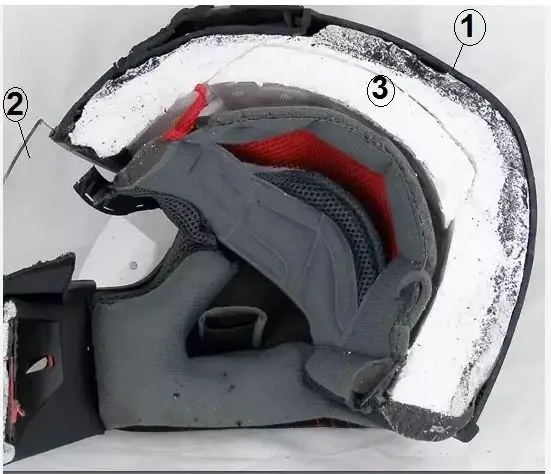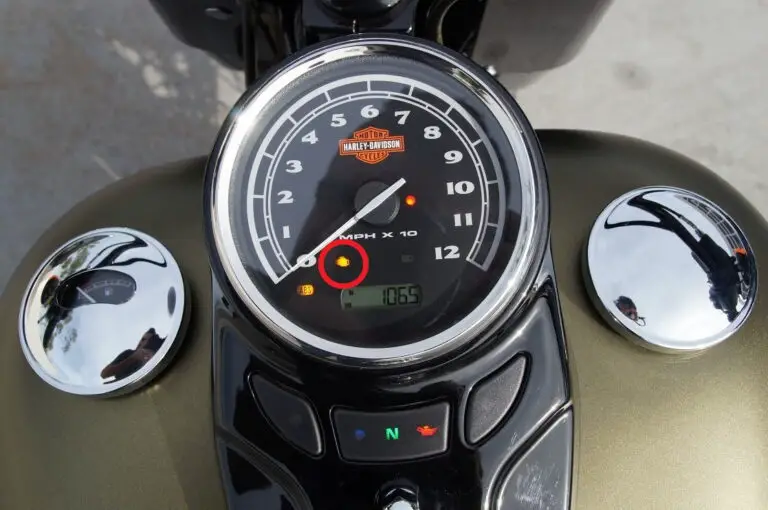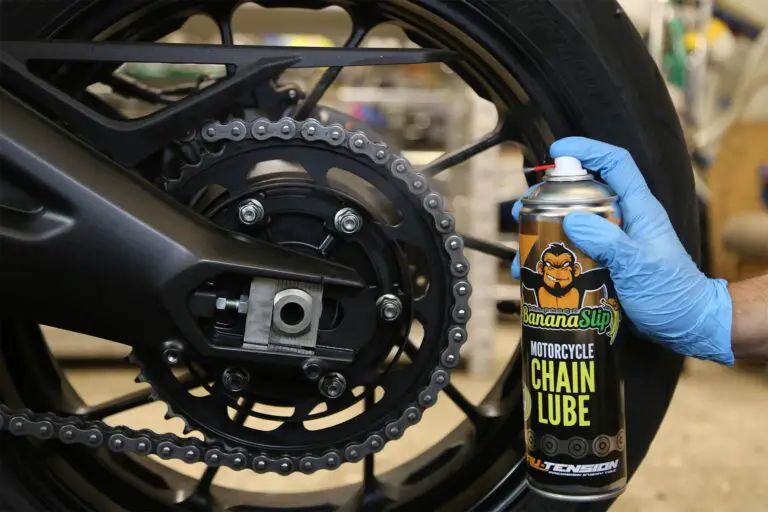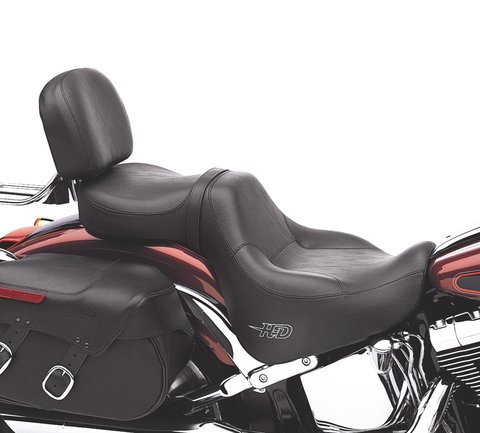What Are Motorcycle Helmets Made Of
Motorcycle helmets are made of a thin, hard outer shell typically made from polycarbonate plastic, fiberglass, or Kevlar and a soft, thick inner liner usually made of expanded polystyrene or polypropylene (EPS) foam. These materials provide the necessary protection and impact resistance in case of a crash.
The outer shell acts as a protective barrier, while the inner liner absorbs impact energy. Additionally, some helmets are made from composite materials, which are a mix of different fibers combined with epoxy resin. These materials ensure the helmets are strong, lightweight, and durable.
The choice of materials used in motorcycle helmet construction plays a crucial role in ensuring the safety and protection of riders on the road.
The Composition Of Motorcycle Helmets
Motorcycle helmets are typically made of a hard outer shell, such as polycarbonate plastic, fiberglass, or Kevlar, for protection, and a soft inner liner made of expanded polystyrene or polypropylene foam to absorb impact energy in case of a crash.
Different materials can vary in strength, impact resistance, and price.
Outer Shell Materials
Motorcycle helmets are made of a thin, hard outer shell that is typically composed of polycarbonate plastic, fiberglass, or Kevlar. This provides a protective barrier, while the inner lining is made of expanded polystyrene (EPS) foam to absorb impact energy in case of a crash.
| Outer Shell Materials |
| Motorcycle helmets are made up of different materials, with the outer shell being a key protective component. The thin, hard outer shell is typically made from polycarbonate plastic, fiberglass, or Kevlar. Polycarbonate plastic is a popular choice due to its combination of strength and impact resistance. Fiberglass is known for its durability and light weight, while Kevlar offers excellent strength and impact absorption properties. |
Inner Liner Materials
| What Are Motorcycle Helmets Made Of? |
Motorcycle helmets are made up of two main components: a hard outer shell and a soft inner liner. The outer shell is made from durable materials such as polycarbonate plastic, fiberglass, or carbon fiber. These materials provide a sturdy and protective barrier against impacts.
The inner liner, on the other hand, is made of soft and thick materials like expanded polystyrene (EPS) foam. This foam is designed to absorb impact energy in the event of a crash, protecting the rider’s head from potential injuries. It serves as a cushioning layer between the outer shell and the rider’s head.
The choice of materials plays a crucial role in the helmet’s safety and functionality. The outer shell materials determine the helmet’s strength and resistance to impact, while the inner liner materials provide the necessary shock absorption.
In conclusion, a motorcycle helmet is made of a hard outer shell and a soft inner liner. The materials used, such as polycarbonate plastic, fiberglass, or carbon fiber for the outer shell, and expanded polystyrene foam for the inner liner, are carefully chosen to ensure maximum protection and safety for riders.
Composite Helmets
The conventional motorcycle helmet has two principal protective components: a thin, hard, outer shell typically made from polycarbonate plastic, fiberglass, or Kevlar and a soft, thick, inner liner usually made of expanded polystyrene or polypropylene “EPS” foam.
Composite helmets are made up of a mix of different materials that can include various fibers mixed with epoxy resin. In technical terms, almost…
Inside the shell, all helmets contain a thick layer of expanded polystyrene, so-called EPS, which is a material that can absorb impact energy by irreversibly…
Essential features to look for in a motorcycle helmet include a sturdy outer shell made of durable materials such as polycarbonate, fiberglass, or carbon fiber. The inner liner should be made of materials that can absorb impact in case of a crash, such as expanded polystyrene (EPS) foam.
Low-profile Micro Dot Helmets
Motorcycle helmets are typically made up of two main components: a hard outer shell and a soft inner liner. The outer shell is usually made from materials such as polycarbonate plastic, fiberglass, or Kevlar. These materials provide a protective barrier and help to distribute the force of impact in the event of a crash. The inner liner, on the other hand, is typically made of expanded polystyrene or polypropylene foam. This foam is designed to absorb and disperse the energy from an impact, reducing the risk of injury to the wearer’s head.
For low-profile Micro DOT half helmets, a commonly used material for construction is Acrylonitrile Butadiene Styrene (ABS). ABS is known for its strength, durability, and impact resistance, making it an ideal choice for helmet construction. It provides excellent protection while still maintaining a lightweight and comfortable design.
Ilm Motorcycle Helmets
ILM Motorcycle Helmets are made of a thin, hard outer shell typically constructed from polycarbonate plastic, fiberglass, or Kevlar, and a soft, thick inner liner made of expanded polystyrene or polypropylene “EPS” foam. These materials offer optimal protection and impact resistance for riders.
|
ILM Motorcycle Helmets When it comes to ILM motorcycle helmets, these protective gears are designed with utmost care and precision. The materials used in these helmets are chosen with the goal of providing maximum safety and comfort to the riders. Explanation of the materials used in ILM motorcycle helmets: 1. Outer Shell: ILM motorcycle helmets have a thin, hard outer shell that is made from polycarbonate plastic, fiberglass, or Kevlar. These materials offer excellent protection against impacts and provide a strong barrier. 2. Inner Liner: The inner liner of ILM helmets is made of expanded polystyrene or polypropylene “EPS” foam. This thick, soft material absorbs impact energy and protects the rider’s head from injuries. Benefits and unique characteristics: Each material used in ILM motorcycle helmets has its own benefits and unique characteristics. Polycarbonate plastic, fiberglass, and Kevlar offer strength and impact resistance. On the other hand, expanded polystyrene foam provides excellent impact absorption. In conclusion, ILM motorcycle helmets are made of high-quality materials to ensure the safety and comfort of riders. These helmets offer the best protection and are a reliable choice for motorcycle enthusiasts. |
Composite Fiber Helmets
Composite fiber helmets, such as those made from Kevlar, fiberglass, or carbon fiber, provide optimal protection for motorcycle riders. These helmets consist of a hard outer shell and a soft inner liner, designed to absorb impact and keep riders safe on the road.
With their combination of strength and impact resistance, composite fiber helmets are a reliable choice for motorcycle enthusiasts.
to another. Polycarbonate plastic is commonly used because of its strength and impact resistance. Fiberglass and carbon fiber are also popular choices due to their lightweight and high strength properties.Inside the helmet, there is a thick layer of expanded polystyrene (EPS) foam. This foam is designed to absorb and distribute the impact force during a crash, reducing the risk of head injury. EPS foam is chosen for its ability to deform and crush upon impact, providing cushioning and protecting the head.Composite fiber helmets, on the other hand, are made up of a mixture of different materials. These can include various fibers such as Kevlar, fiberglass, and carbon fiber, mixed with epoxy resin. The combination of these materials creates a lightweight yet strong helmet that offers excellent protection.In conclusion, motorcycle helmets are made using a combination of hard outer shells and soft inner liners. The materials used vary, but commonly include polycarbonate plastic, fiberglass, Kevlar, and carbon fiber. The outer shell provides durability and impact resistance, while the inner liner absorbs and distributes impact force. Composite fiber helmets offer a lightweight and strong option for riders.Polycarbonate Vs Fiberglass Vs Carbon Fiber Shell Helmets
Motorcycle helmets are typically made with a thin, hard outer shell made from materials like polycarbonate plastic, fiberglass, or carbon fiber. The inner liner is usually made of a soft, thick foam like expanded polystyrene or polypropylene “EPS” foam. These materials provide protection and absorb impact in case of a crash.
| What Are Motorcycle Helmets Made Of? |
The Safest Material For Motorcycle Helmets
Motorcycle helmets are typically made with a hard outer shell of polycarbonate plastic, fiberglass, or Kevlar, providing a protective barrier. The inner liner is composed of expanded polystyrene or polypropylene foam, which absorbs impact energy in case of a crash.
These materials ensure durability and safety for riders.
n fiber. These materials provide a strong and durable barrier to protect the head from external impacts. Polycarbonate plastic is commonly used for its strength and impact resistance. Fiberglass is known for its lightweight and high-strength properties, making it a popular choice for motorcycle helmets. Carbon fiber, on the other hand, offers the highest strength-to-weight ratio and is often used in premium helmet models.The inner liner of a motorcycle helmet is equally important for safety. It is typically made of materials like expanded polystyrene (EPS) foam or polypropylene. These materials are designed to absorb and disperse the impact energy in the event of a crash, reducing the force transmitted to the head. EPS foam is lightweight and has excellent shock-absorbing properties, making it a common choice for helmet liners.When choosing a motorcycle helmet, it is crucial to consider these essential features for helmet safety. Look for a sturdy outer shell made of durable materials like polycarbonate, fiberglass, or carbon fiber. Additionally, ensure that the inner liner is made of impact-absorbing materials like EPS foam. By prioritizing these safety features, you can make an informed decision to protect your head while riding.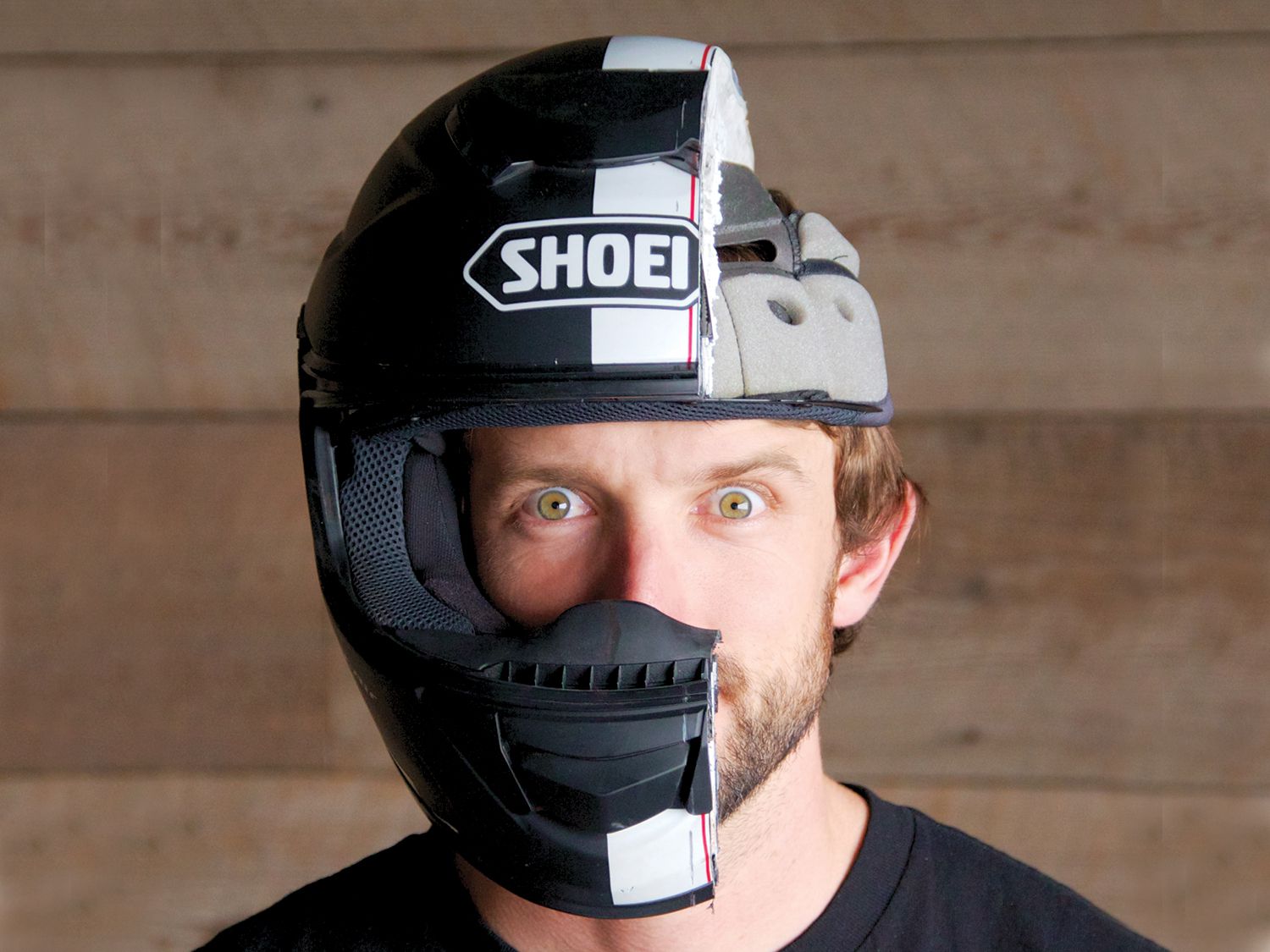
Credit: www.motorcyclistonline.com
Frequently Asked Questions Of What Are Motorcycle Helmets Made Of
What Is The Safest Material For A Motorcycle Helmet?
Motorcycle helmets are safest when they have a sturdy outer shell made of materials like polycarbonate, fiberglass, or carbon fiber. The inner liner should be made of materials that can absorb impact, such as expanded polystyrene (EPS) foam.
What Is The Outside Of A Motorcycle Helmet Made Of?
Motorcycle helmets are made of a hard outer shell, usually polycarbonate plastic, fiberglass, or Kevlar, and a soft inner liner made of expanded polystyrene or polypropylene foam. The materials used depend on the helmet’s price and type.
What Material Is Used To Make Helmets?
Motorcycle helmets are made of a thin, hard outer shell typically made from polycarbonate plastic, fiberglass, or Kevlar, and a soft, thick inner liner usually made of expanded polystyrene or polypropylene “EPS” foam.
What Is The Material For The Inside Of A Motorcycle Helmet?
The inside of a motorcycle helmet is typically made of expanded polystyrene foam (EPS). EPS is stiff and lightweight, making it able to absorb impact energy during a crash. Some helmets may use multiple densities of EPS in different layers for added protection.
Conclusion
Motorcycle helmets are constructed using a combination of materials designed to provide optimum protection. The hard outer shell, typically made of polycarbonate, fiberglass, or Kevlar, acts as a barrier against external impact. Meanwhile, the inner liner, made of expanded polystyrene (EPS) foam, absorbs the energy generated during a crash.
These materials work together to create a sturdy and effective helmet that can safeguard riders from potential head injuries. When choosing a motorcycle helmet, it is important to prioritize durability and impact resistance to ensure your safety on the road.

